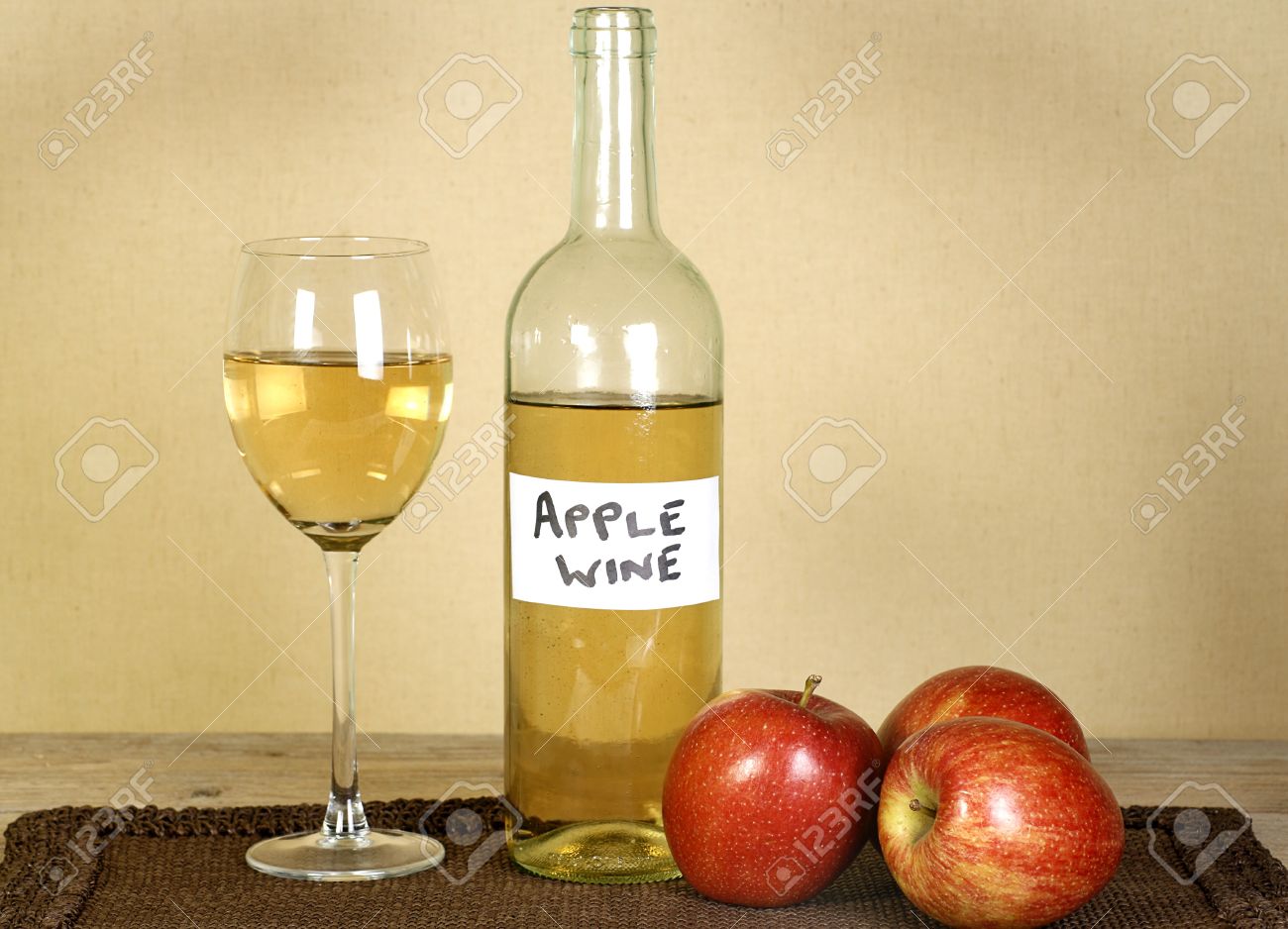

We tied the bag to a stick and placed it horizontally over the bucket. Put the nylon bag and juice in the primary fermenter (bucket). Alternatively, puree apples and transfer in a nylon straining bag. Wash the apples, remove the core, chop and press out the juice. Sanitize all equipment with the sterilizing solution, which is reusable for up to six months. One empty wine bottle (for extra must)ġ5 lbs apples, about 60 (use a combination of tart and sweet)ġ/2 teaspoon antioxidant (potassium metabisulphite, added before bottling) Two glass carboys or demijohns of 1 gallon capacityġ2. Primary fermenter (large plastic food grade bucket with a lid able to support an airlock)ģ.

During racking, the second carboy must be placed lower than the first to prevent sediments from entering the siphoning hose.ġ. Racking - method of transferring the wine from the original carboy to a second one, leaving the sediments in the original one to be discarded.Fermentation - yeast converts the sugar in the juice to alcohol and carbon dioxide gas that is released through the fermentation lock.The airlock has to be filled with the sterilizing solution up to the indicated line. Fermentation Lock - allows fermentation gases (C02) to escape, while preventing air (02) from entering the container.Hydrometer - used to measure the amount of sugar in the juice or wine.The metabisulphite solution is reusable for up to 6 months. After sterilizing the supplies with this solution, do not rinse them again with tap water. A 50 gram pack is easily dissolved in a gallon of tap water. All equipment must be sterilized with metabisulphite. Sterilization - process of eliminating the growth of harmful bacteria.Improves blood flow to the brain thereby, promoting mental vitality. Has many health benefits and a great substitute to the grape variety. Prevents heart and cardiovascular disease. Contains high amount of calcium and good for bones. Has a low glycemic index and preferable for diabetics. Overripe apples are not suitable for wine making.Īpple wine is low in calories and ideal for weight watchers. An immature or unripe fruit has high starch content and astringent compound with the starch creating issues in juice clarification. Rotten apples can give out moldy and off flavours.
HOW TO MAKE APPLEWINE FREE
To make wine, select apples that are ripe, firm and free of any decay. If sweetened, then sipped as a dessert drink. Best served chilled and enjoyed with the main meal. The end result is definitely refreshing and rewarding. The process is simple, cheap with six basic processes harvesting, crushing, pressing, fermentation, clarification and maturation. With a high yield of organic apples from our garden tree, some were used to make apple wine. Besides grapes, wine can be made from various fruits.


 0 kommentar(er)
0 kommentar(er)
